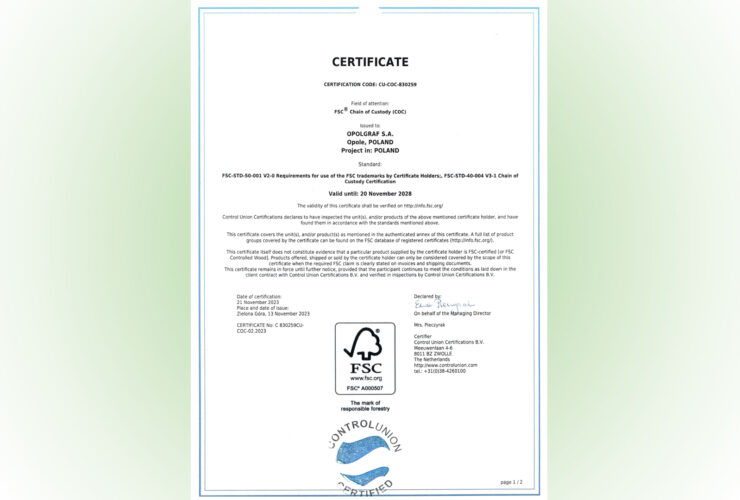ECONOMICAL USE OF ENERGY

What are LED lamps?
LED bulb is a diode that uses electroluminescence, i.e. light emission. The detailed structure and operation of lamps are quite complicated. In general, electroluminescence is based on the direct conversion of electricity into light. In terms of operation, LED differs from an ordinary incandescent bulb primarily in the speed at which light is emitted. Led lapms produce light immediately while traditional bulbs need time to heat up and increase their power. Another difference is that LED lamps produce different colours of light on their own, depending on the chemical composition of the semiconductor. Traditional solutions require using special filters to obtain different colours and this harms the efficiency of the bulb. Given the construction of LEDs, their lifetime is estimated at 100,000 hours.
Why use LED lamps?
Mainly because they are clean in production, which means that they do not produce harmful substances, such as lead, cadmium, or mercury. Moreover, LED lamps are 100% reusable and recyclable. They also have lower energy consumption (up to 90%) compared to traditional incandescent lamps and are 50 times more durable. Their service life reaches at least a dozen or so years so that they do not have to be replaced frequently, as opposed to their traditional counterparts. LED technology makes it possible to minimise possible energy losses, which means that more of the energy supplied to the LED bulb is converted into light and not heat. This results in lower power consumption needed to power the lamp. Choosing LED lighting means taking care of the environment. LED bulbs do not have dangerous mercury inside the socket, so neither the environment nor people suffer even if they break. Investing in LED lamps is also profitable from the economic point of view. Their price is quite high, but the operating costs are much lower.




